The Perfect Afternoon Tea Menu
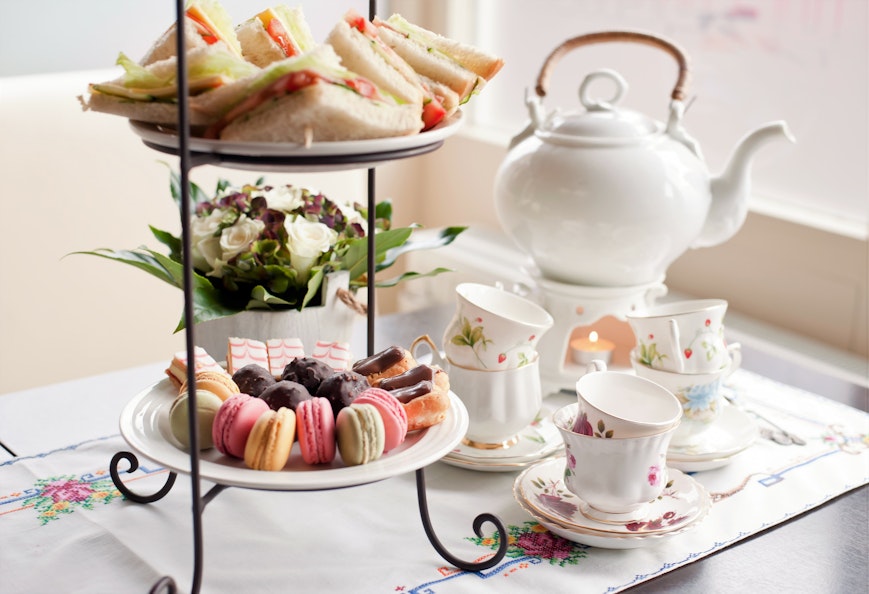
Is there anything so British as Afternoon Tea? Also known as ‘Low Tea’ (contrary to popular belief ‘High Tea is a different meal entirely and more associated with the working classes of the early 20th century) it’s all about a sense of occasion, dainty foods, and good manners.
Though not usually served on the low tables from which it took its name, Afternoon Tea remains a huge business within the foodservice industry, and a great menu booster.
Usually consisting of a selection of teas, freshly prepared finger sandwiches, scones, cakes and pastries with all the trimmings, a light Afternoon Tea should allow for 4 sandwiches, 2 scones and 2 cakes (of different varieties) per person.
So in celebration of Afternoon Tea Week, which kicks off 8 August, we’re taking you through the perfect menu….
Want the expert view on Afternoon Tea?
Check out the Afternoon Tea Week episode of The Erudus Podcast, where Andrew talks to Laura Akano – Principal coach, consultant and trainer at Polished Manners school of Etiquette about the origins of Afternoon Tea and the etiquette to observe at it.
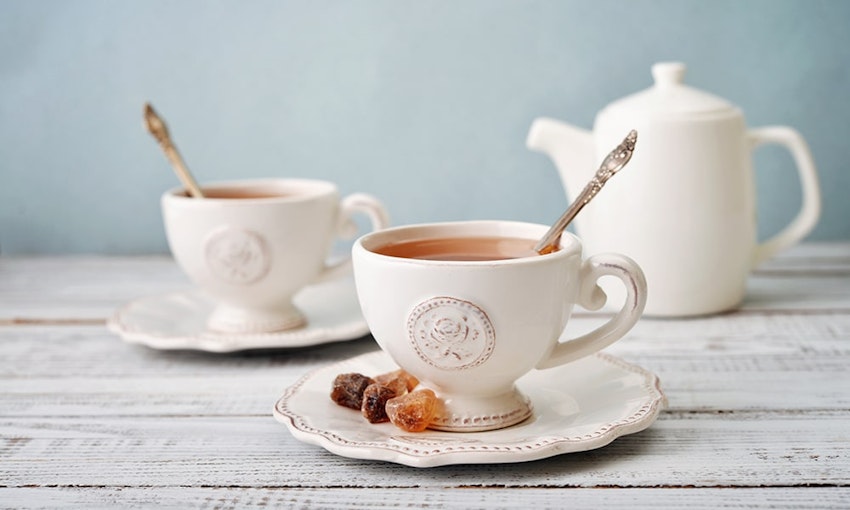
Teas
Top picks: Earl Grey, Darjeeling, and English Breakfast are seen as the traditional choices for Afternoon Tea, but more exotic varieties like Lapsang Souchong, Assam and Matcha varieties are also often expected to be among the options on offer.
Top Tips: Herbal teas with digestive properties such as peppermint and turmeric are the perfect end to Afternoon Tea, and as with other varieties it’s important to check their correct temperature point – some teas are better served at 85 degrees than 100.
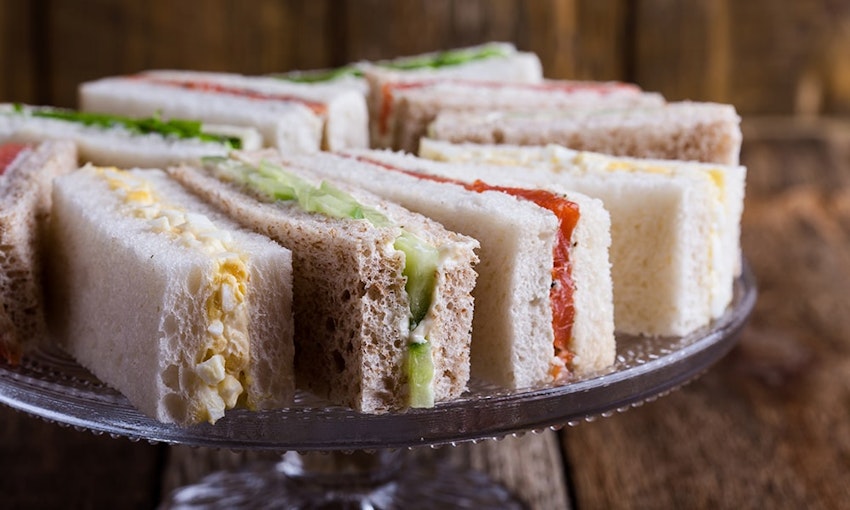
Sandwiches
Top picks: Smoked salmon with cream cheese, cucumber, and egg mayonnaise with cress are the holy trinity when it comes to the sandwiches of Afternoon Tea. Want meat options? Ham and mustard, coronation chicken and prawn and mayonnaise are classic options with flavour.
Top Tips: When not using, keep a damp paper towel over your exposed bread length to keep it from drying out. And remember to cut the crusts off at the last possible moment to keep your sandwiches – which should be no more or less than 2 fingers thick – as moist as possible.
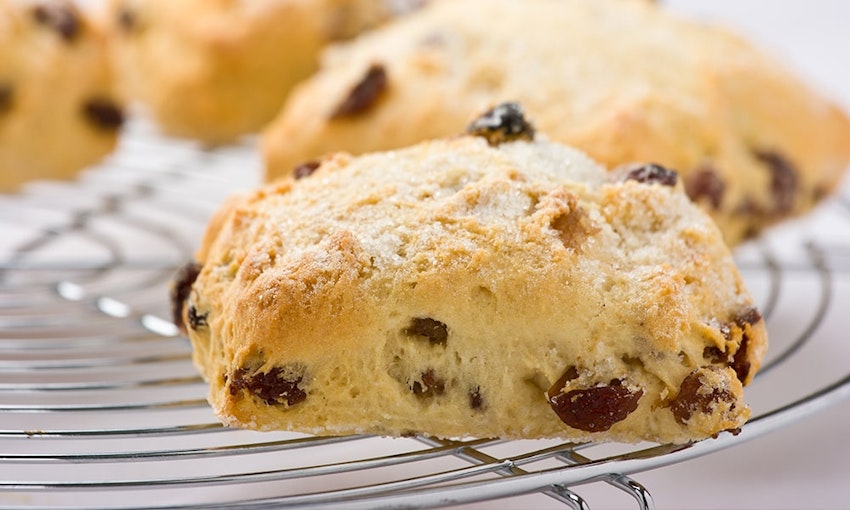
Scones
Top picks: Tea-infused scones are gaining popularity and cheese scones have always had their champions, but a plain scone can be enjoyed with both sweet and savoury spreads and compliments all other parts of the Afternoon Tea, making it simply essential.
Top tips: For beautifully flaky scones make sure you use very cold ingredients – cold butter, cold cream, cold eggs. If you can’t use buttermilk, simply add a squeeze of lemon juice to your regular milk and you’ll enjoy the same boost it gives to the raising agents. And never overwork your dough.
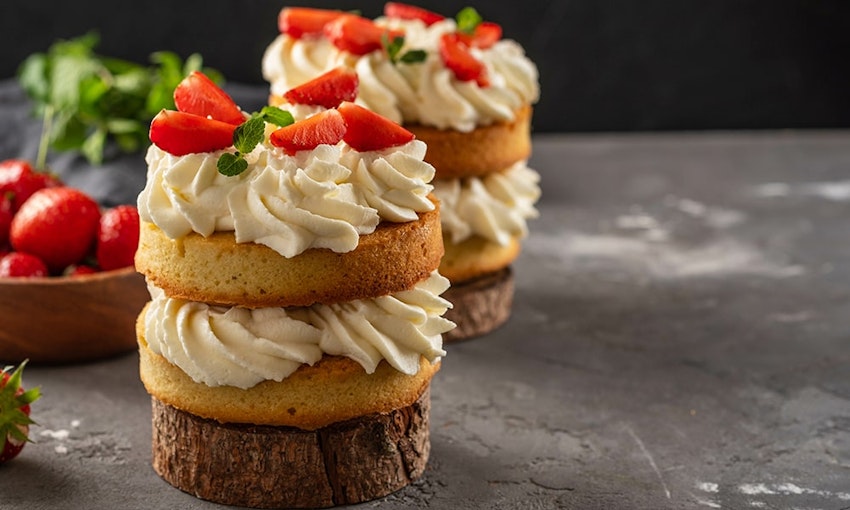
Cakes and Pastries
Top picks: This is the area that can really make or break your Afternoon Tea. So play it safe with Victoria sponge, bakewell tart, carrot cake and Battenberg or go for all out decadence with chocolate eclairs, raspberry millefeuilles, and creme brulée tarts.
Top Tips: For the lightest, fluffiest sponge make sure you use cake flour and sift into the bowl from a height – ensuring all those air bubbles are incorporated into your mixture. With eclairs, chop the butter into even sized pieces before you start so that it melts quickly without too much water evaporating. 5-10 minutes before your cooking time you’ll want to remove your eclairs from the oven and pierce the pastry with a knife before returning them to the oven. This is to avoid the dreaded soggy bottom (and top and sides for that matter).
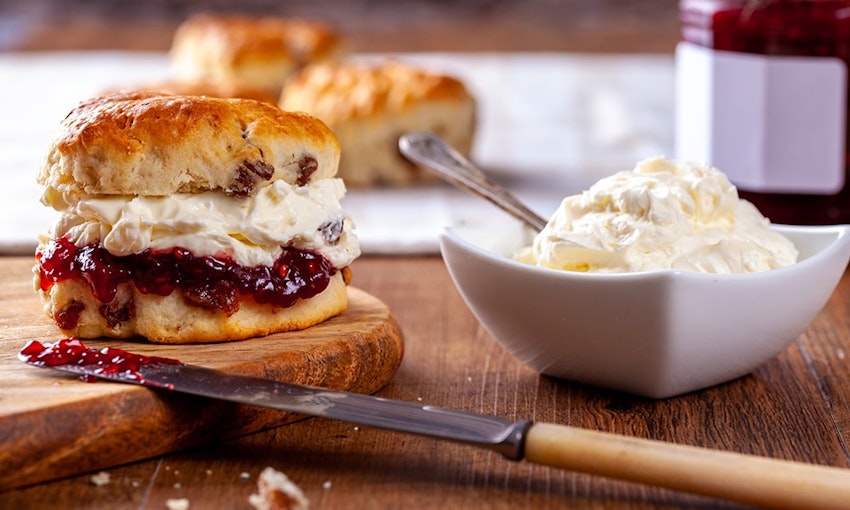
Jams and Spreads
Top picks: Go with the fab 5 when it comes to spreads and you can’t fail – Clotted cream, lemon curd, strawberry jam, marmalade and honey. Something for everyone. Butter goes without saying.
Top Tips: Marmalade is essential if you’re serving fruit scones because the tang both balances and compliments their sweetness. While there’s been huge debate over whether cream or jam should be spread onto a scone first, we suggest recommending jam first and then cream. Cream works best in a dollop on top – the finishing touch.


